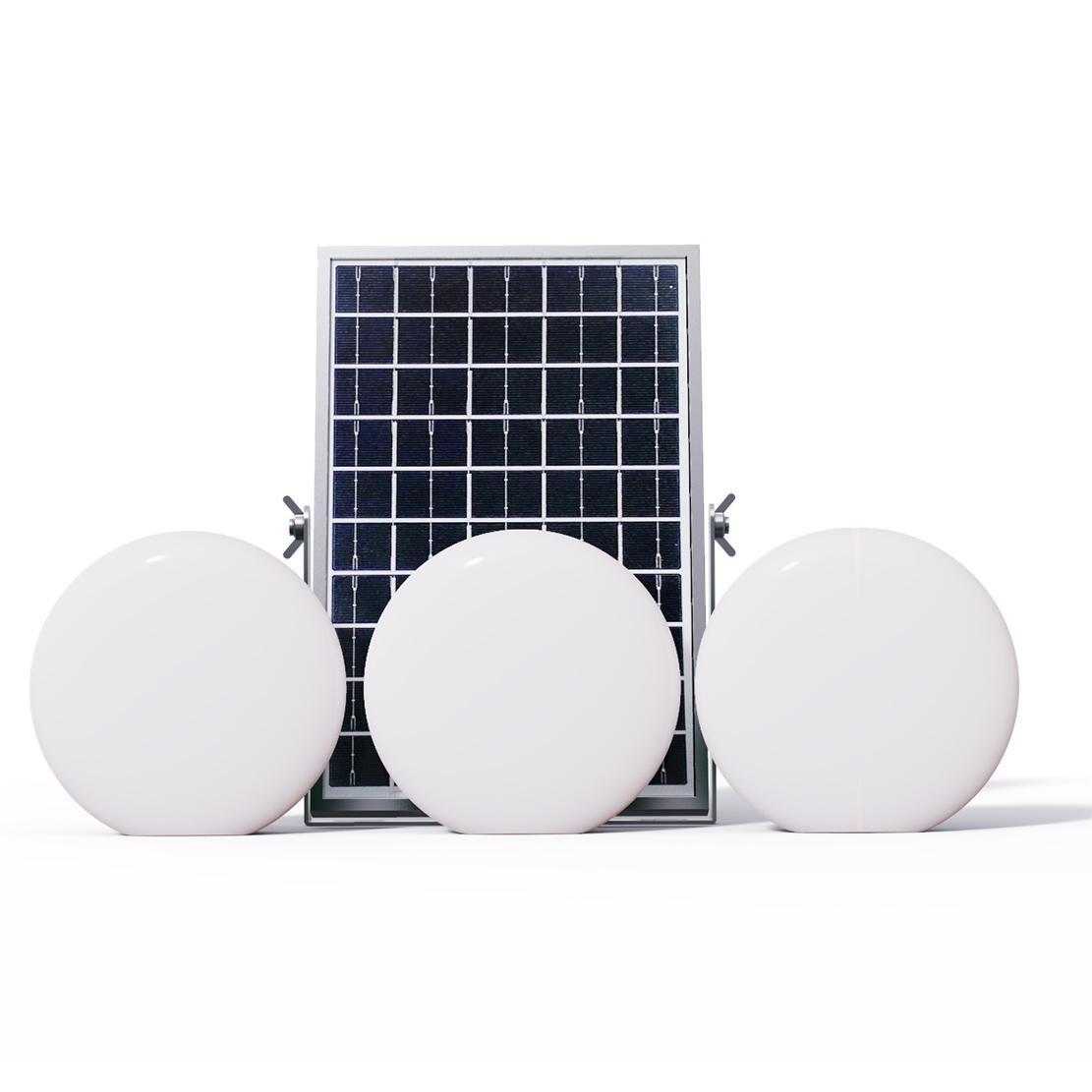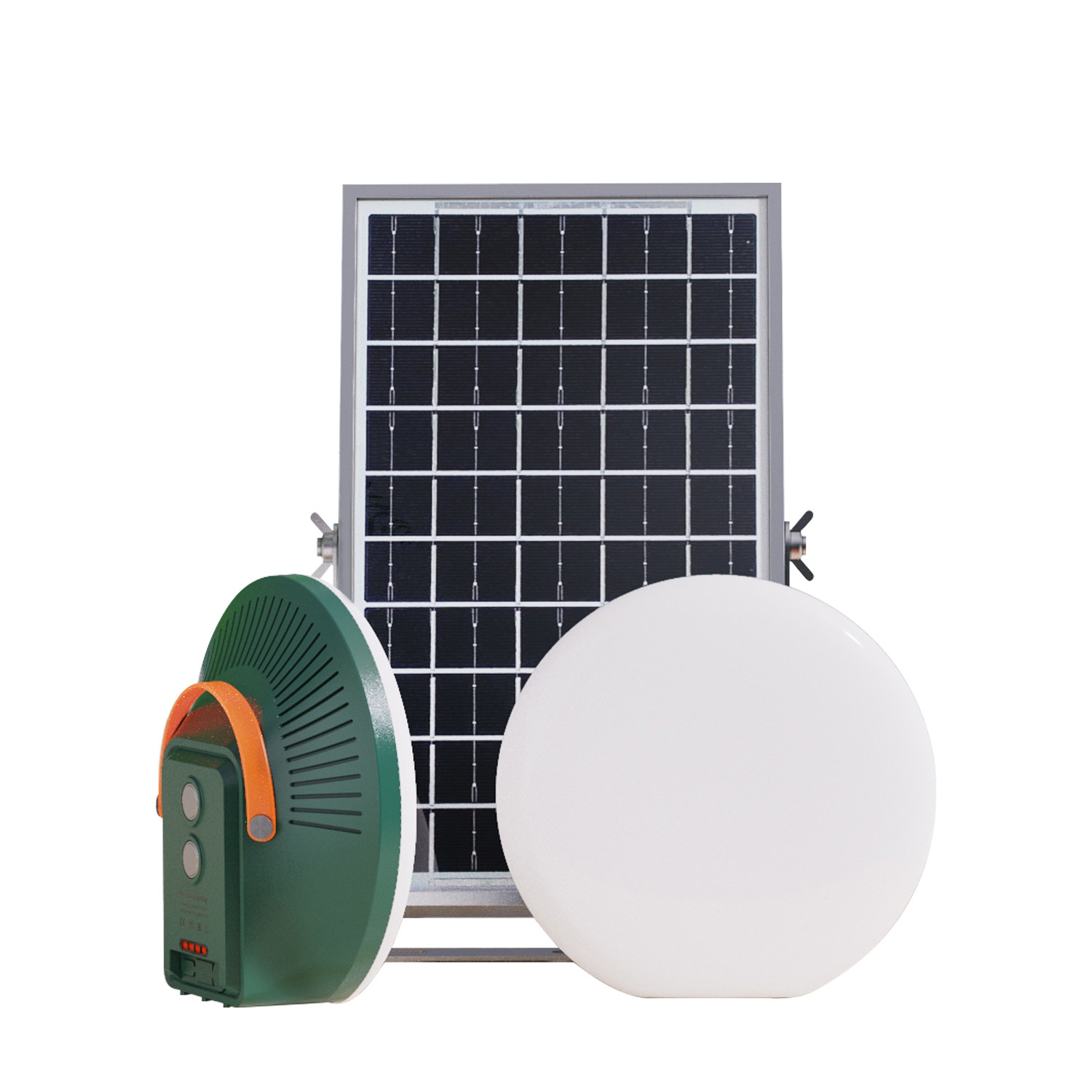Solar panel roofs represent a paradigm shift in how we harness energy from the sun to power our homes and businesses. As the world gravitates towards sustainable energy solutions, understanding the cost dynamics of solar panel roofs becomes paramount. This article delves into the intricacies of solar panel roof cost, shedding light on essential considerations for prospective adopters.
Overview of Solar Panel Roofs
Solar panel roofs integrate photovoltaic (PV) modules directly onto rooftops, transforming sunlight into electricity. Unlike traditional rooftop installations, solar panel roofs seamlessly blend functionality with aesthetics, offering an eco-friendly alternative to conventional energy sources. By leveraging solar energy, homeowners and businesses can reduce their carbon footprint and contribute to a greener tomorrow.
Importance of Cost Considerations
While the environmental benefits of solar panel roofs are undeniable, cost considerations often play a pivotal role in adoption decisions. Understanding the factors influencing solar panel roof cost is crucial for making informed choices and maximizing long-term savings.
Factors Influencing Solar Panel Roof Cost
System Size and Capacity
The size and capacity of the solar panel system significantly impact its upfront cost. Larger systems capable of generating more electricity typically entail higher initial investments. However, opting for a system tailored to your energy needs ensures optimal efficiency and cost-effectiveness in the long run.
Roof Orientation and Angle
The orientation and angle of your roof relative to the sun influence the efficiency of solar panel installations. South-facing roofs with minimal shading tend to yield the highest solar energy output. Adjustments may be necessary for roofs facing other directions or experiencing shading from nearby structures or trees, potentially affecting installation costs.
Quality of Materials and Installation
The quality of materials used in solar panel roofs directly impacts their performance and longevity. Investing in high-quality PV modules, inverters, and mounting hardware ensures reliability and durability over the system's lifespan. Likewise, hiring experienced professionals for installation minimizes the risk of errors and ensures optimal energy production.
Local Regulations and Incentives
Local regulations and incentive programs play a significant role in shaping the economic viability of solar panel roofs. Understanding available rebates, tax credits, and net metering policies can substantially reduce upfront costs and accelerate the return on investment. Conversely, regulatory barriers or lack of incentives may hinder adoption efforts in some regions.
Calculating Solar Panel Roof Cost
Initial Investment
Determining the initial investment required for a solar panel roof involves assessing the cost of equipment, installation, and any necessary upgrades to the existing electrical system. While upfront costs may seem daunting, it's essential to consider the long-term savings and environmental benefits offered by solar energy.
Lifetime Savings and Return on Investment
Despite the initial investment, solar panel roofs offer substantial long-term savings through reduced electricity bills and potential revenue from excess energy generation. Calculating the return on investment involves analyzing factors such as energy consumption patterns, utility rates, and system performance to gauge the economic feasibility of solar adoption.
Financing Options and Tax Credits
Various financing options, such as solar loans, leases, or power purchase agreements, make solar panel roofs more accessible to a broader audience. Additionally, federal and state tax credits can significantly offset installation costs, making solar energy an attractive investment with favorable financial returns.
Conclusion
Solar panel roofs offer a sustainable and cost-effective solution for powering homes and businesses while reducing dependence on fossil fuels. By understanding the factors influencing solar panel roof cost and implementing strategic planning and financing strategies, individuals and organizations can unlock the full potential of solar energy and pave the way for a cleaner, greener future.





